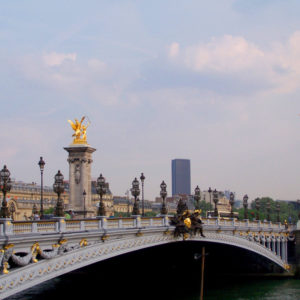Video courtesy of Visit Bruges Tourism
The small country of Belgium offers visitors a wealth of history and culture, boasting delightful medieval towns and some of the world’s most famous artists such as Rubens and Van Dyck.
The lively city of Brussels is the political centre of Europe. The country is steeped in history; from the architectural gems throughout the picture postcard towns of Ghent and Bruges to the fields of Flanders that were the scenes of many bloody battles during World War One.
Belgium is also famous for its tasty food and drink such as its chocolate, mussels and traditionally brewed fruit beers. It is split linguistically with the official language being French but a large portion of the population speaking the local dialect of Flemish.
Among the many churches, Cathedral St. Michel, St. John the Baptist and Notre Dame de la Chappelle stand out as most important architecturally. Nearby is the famous Maneken-Pis, a bronze statue of a small boy watering the fountain. The statue is the celebrated mascot of the city, said to embody the rebellious spirit of Brussels.
The Rembrandt moors in the centre of town near the church that houses the famous painting by Van Eyck, “The Adoration of the Mystic Lamb”. Ghent also claims the title “City of Flowers”, as it is surrounded by nurseries devoted to azaleas, rhododendrons and begonias.
The beauty of the buildings, along with its famous lace and the wealth of art treasures, combine to make Bruges one of Belgium’s most popular tourist centres. The Halle dates from the 13th century and long served as the main market.
Also from the 13th century, the Belfry is the finest in Belgium and the most prominent architectural feature of Bruges. The Basilica of the Holy Blood has a lower chapel dating from the 12th century, the upper from the 15th-16th centuries and the Stadhuis is the oldest Gothic Town Hall in Belgium, dating from 1376. Located on the central square, it’s a wonderful spot to sip tea or coffee in the afternoon.
The Groeninge Museum contains the municipal collection of paintings, some of them late Old Masters and some works of the 19th-20th centuries. Opposite the museum is the early Gothic church of Onze Lieve Vrouwekek which traces its origins back to the 10th century.
Showing the single result
Need Assistance?
800-227-5317 | sales@pacific-destinations.com
Tell us where and when you want to go and we’ll give your request our immediate attention! No high pressure sales, just straight talk and sound advice!

